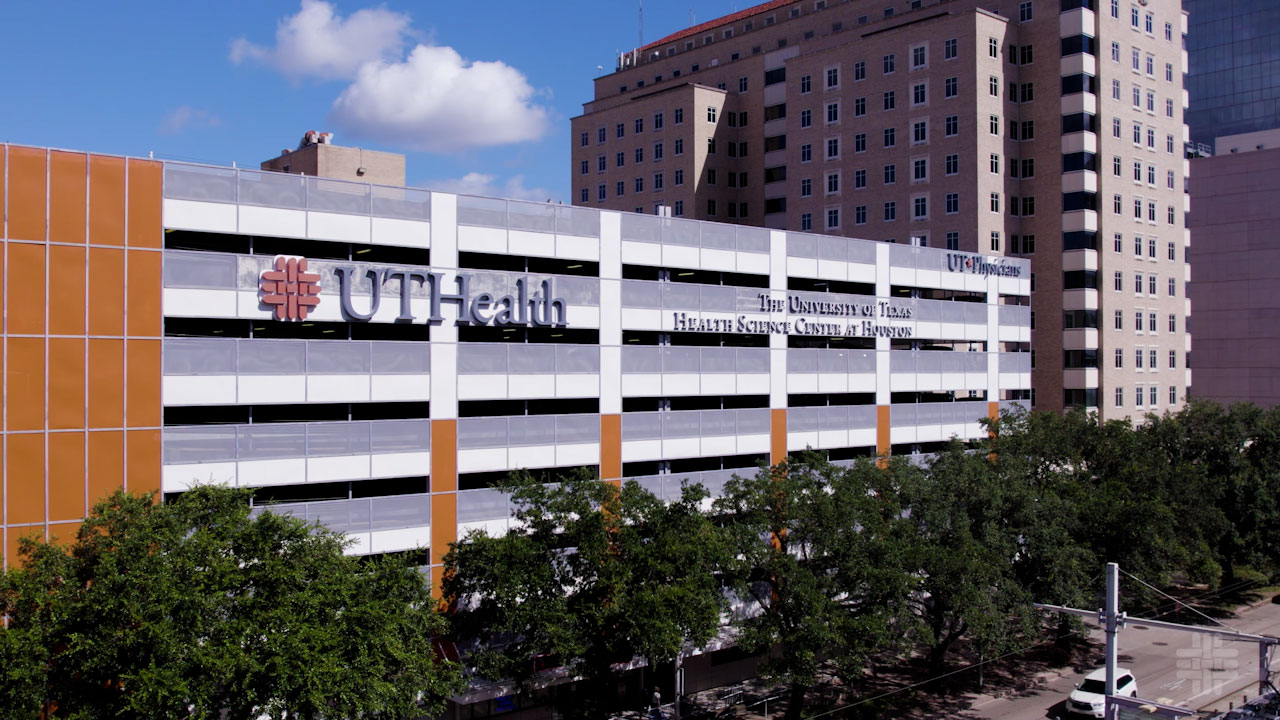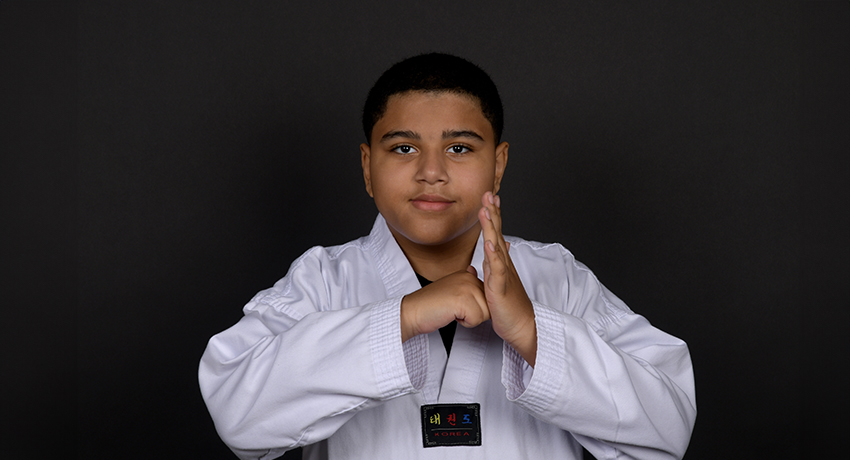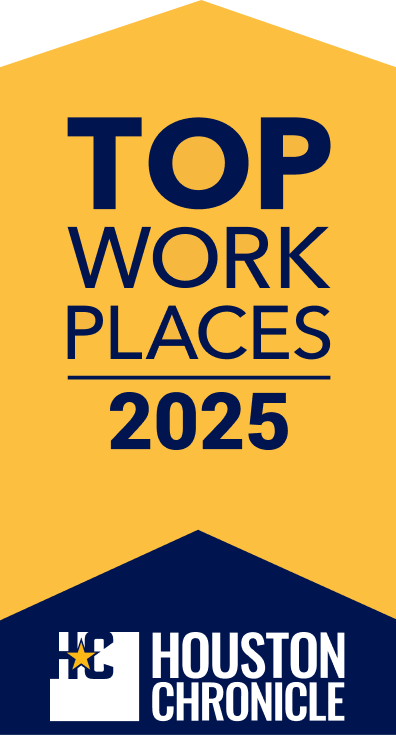“Every time I look in the mirror, it makes me want to smile so hard, knowing that my back is straight. It makes me happy,” said Louis Florentino, 11, regarding his scoliosis surgery.
Louis experienced delayed milestones in his first few years of life. At around 3 years old, he still wasn’t walking. A doctor ordered X-rays to assess for skeletal abnormalities and discovered he had scoliosis. Physical and occupational therapy suddenly became part of his life.
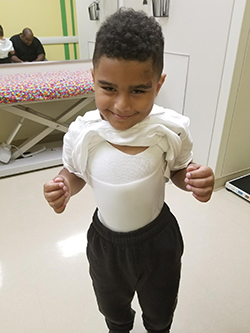
Louis underwent casting and bracing through the years. At one point, he was placed in a series of Mehta casts, named after the British scoliosis specialist who developed this treatment. The casts hold the spine in position for gradual correction but require 18 months of treatment. They went back to bracing. Louis’ scoliosis continued to worsen and his rib cage extended beyond his body on the right side.
When the family moved to Houston, Louis’ mom, Sandra Martinez, hunted for a doctor who could do something other than bracing and casting. Surya N. Mundluru, MD, a pediatric orthopedic surgeon with UT Physicians, was the first doctor to mention surgery as an option.
“He told us he believed the Mehta casting and bracing actually helped prevent Louis’ curve from getting worse,” Martinez said. “The earliest they could do surgery is at age 11 or 12. I found the perfect doctor at the right time.”
In the scoliosis world, infantile idiopathic scoliosis like Louis had is rare. “Idiopathic” means the cause is unknown. Infantile cases account for less than 1% of all idiopathic scoliosis patients. In Louis’ case, it presented with a curve in his spine that started before the age of 2. His spine developed correctly during gestation, and the challenge occurred after he was born and during his early growth.
Impact of the curve
Louis’ scoliosis caused pain when he sat or walked for long periods. He had to immediately lie down to stop the sharp pain that danced up and down his back.
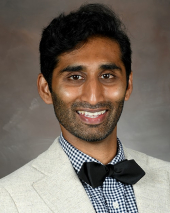
On their first appointment in January 2024, Mundluru noted Louis had a significant curve approaching 80 degrees that had progressed over time. His scoliosis was uncompensated, meaning his body had shifted to one side relative to his pelvis.
“He couldn’t hold his body up straight and had a high risk of further progression based on his age,” said Mundluru, assistant professor of orthopedic surgery at McGovern Medical School at UTHealth Houston. “There is a lot of data that shows scoliosis surgery helps childhood confidence, but the main reason we do it is for cardiopulmonary protection.”
As the curve worsens and causes the ribs to become deformed, patients can develop restrictive lung disease and lose lung function. Mundluru stated they can never regain that lung function again, especially as the curve approaches 90 degrees.
Taking in the news of scoliosis surgery
Mundluru said that as parents, any of us would catch our breath when told our child has a condition requiring extensive surgery with many potential risks. He said tears were shed after he described the treatment process, and Martinez was visibly sad. Louis had tears, too, but displayed bravery beyond his years.
“Louis literally looked at me like an adult and said, ‘Thank you, Dr. Mundluru. I feel very secure and confident in the way you’ve described things to me.’ He looked at his mom and told her everything was going to be ok,” Mundluru said. “It was so sweet, I almost teared up. It was unbelievable – like a Hallmark moment.”
Understanding the procedure
As the May surgery date approached, Louis became scared and didn’t want to do it. Mundluru assured him he would be with him every step of the way, and this was the best time to do it.
“It was something I had to overcome, and I overcame it. I’m super glad I did it,” Louis said.
In May 2024, Mundluru performed a posterior spinal instrumented fusion (PSIF) to correct Louis’ spine. He dissected the spine to the appropriate level using X-ray guidance. Spine image navigation helped ensure the accurate placement of screws. A rod was manually contoured for certain parameters to aid in a precise fit while still correcting the spine to a safe and desirable position.
“You don’t want to straighten the spine too much, because that can be dangerous. The nerves and spinal cord can’t take it, so you look for that happy, safe medium,” he said.
We had to do some extra steps to loosen Louis’ spine, which added a little more risk.
–Surya N. Mundluru, MD, pediatric orthopedic surgeon
But the risk was worth the reward
Mundluru said there is always the potential for encountering unique situations in the operating room with the infantile form of scoliosis. The bones are stiffer than those of traditional adolescent idiopathic scoliosis. The anatomy also becomes more distorted with earlier onset.
“We often have to troubleshoot. We had to do some extra steps to loosen Louis’ spine, which added a little more risk,” Mundluru said. “But the risk was worth the reward because he really responded well. That’s why we were able to get the correction that we did.”
Surgery produces downstream benefits and doesn’t offset their growth when done at the right time, according to Mundluru.
“Even though you’re freezing them in this new position in space, their lungs are in a better position and avoid future compromise,” Mundluru said.
Achieving happy results from scoliosis surgery
In Louis’ case, they achieved almost an 80%-85% correction — despite it being a challenging case. The results were well beyond the 50% correction Mundluru had prepared the family to expect because of the rigidity of his curve.
“The goal for Louis was to have a new lease on life. He was stellar,” Mundluru said. “He was running laps postoperative and motivated to leave the hospital and return home. This kid really is one of a kind.”
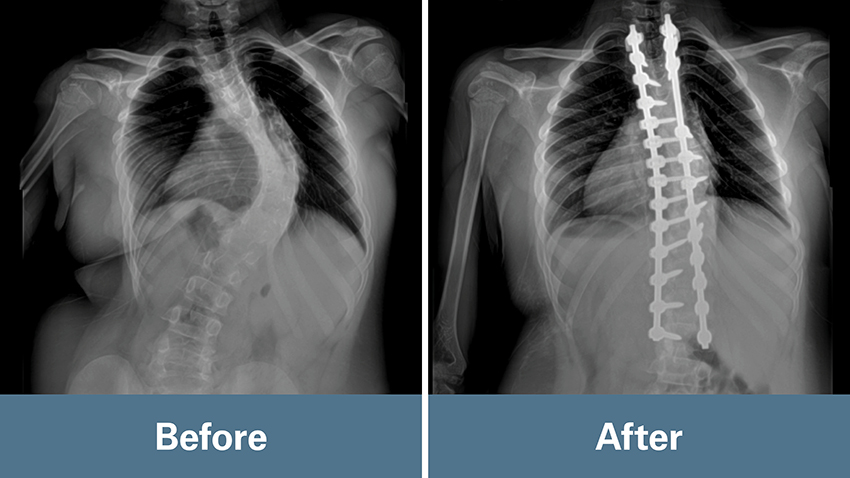
Martinez is so pleased they moved forward with surgery, especially with Mundluru. She knew from the first appointment they were in the right hands.
“He’s so honest and open and answered all my questions,” Martinez said. “I felt really good with him.”
Louis is ahead of the curve after his first post-op appointment. His body has hit milestones that usually take kids months to achieve, such as balancing out his shoulders. The body has to get used to its new position in space, and his has already adjusted. Sitting on the floor for Taekwondo without pain will be a meaningful outcome once he’s completely recovered to return to his favorite activity.
“I feel very confident now,” Louis said. “The most important part is seeing my parents happy now that my back is straight.”
